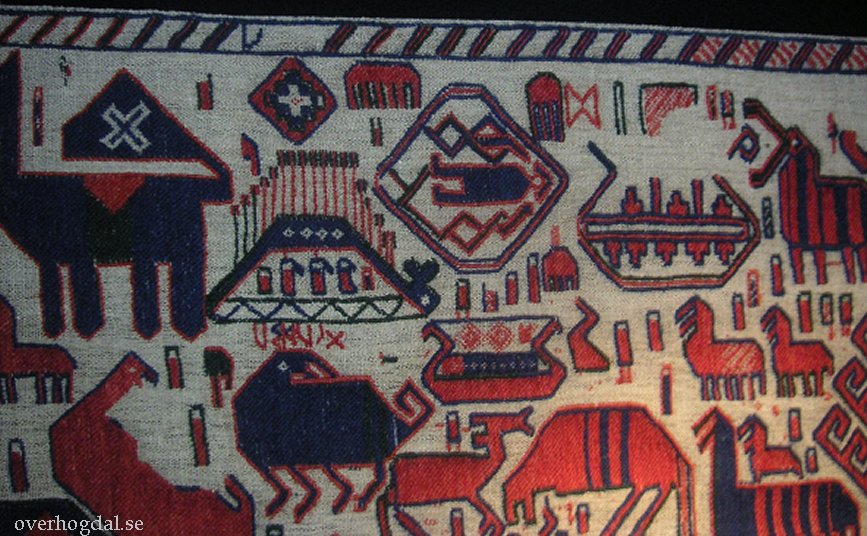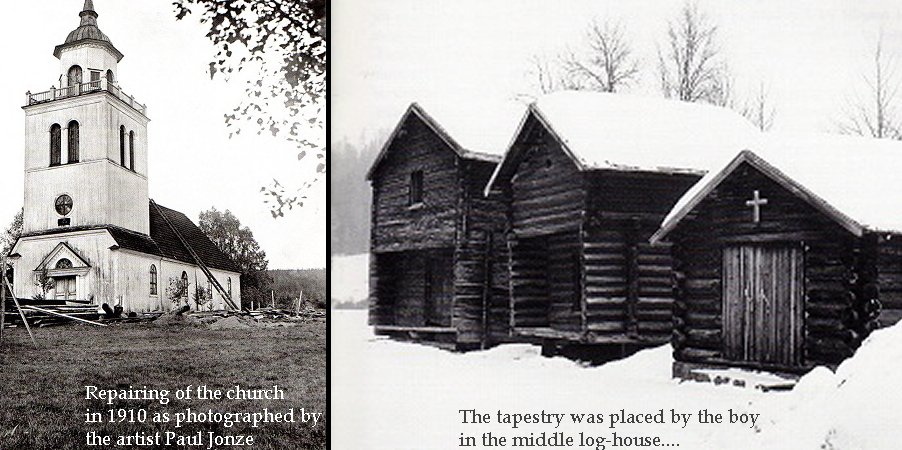Överhogdal Tapestry: Amazingly Well-Preserved Ancient Textiles With Norse And Christian Motifs
A. Sutherland - AncientPages.com - The Överhogdal Tapestry (in Swedish: Överhogdalstapeten) represents a group of amazingly well-preserved and the most complete ancient textiles found in Europe.
This imaginative creation with strong colors and distinctive shapes was created by an unknown artist. The tapestry was accidentally found by a fourteen-year-old boy helping in the sacristy of the local church at Överhogdal, a small town south of Östersund, Sweden in 1909.
Unaware of what he really found, the boy put the dirty bundle in the church's log house. Next year, the textiles were finally brought by the artist Paul Jonze to Östersund.
The fascinating Överhogdal tapestry composed of five assembled lengths was cleaned, repaired provisionally, and for the first after many centuries, they revealed their beauty.
The artwork covers two-square-meter textiles and depicts stylized animals, dark blue and red horses, birds, and people. There is also a ship, a tree, and mysterious inscriptions, perhaps made in runic script, according to one of the earliest interpretations of the artwork.
The large animal and smaller human figures seem to rush by a tree, which could be the mighty ash Yggdrasil, a massive tree central to nine worlds in Norse mythology. Some scholars have suggested that what is shown is the Christianization of the region Härjedalen.
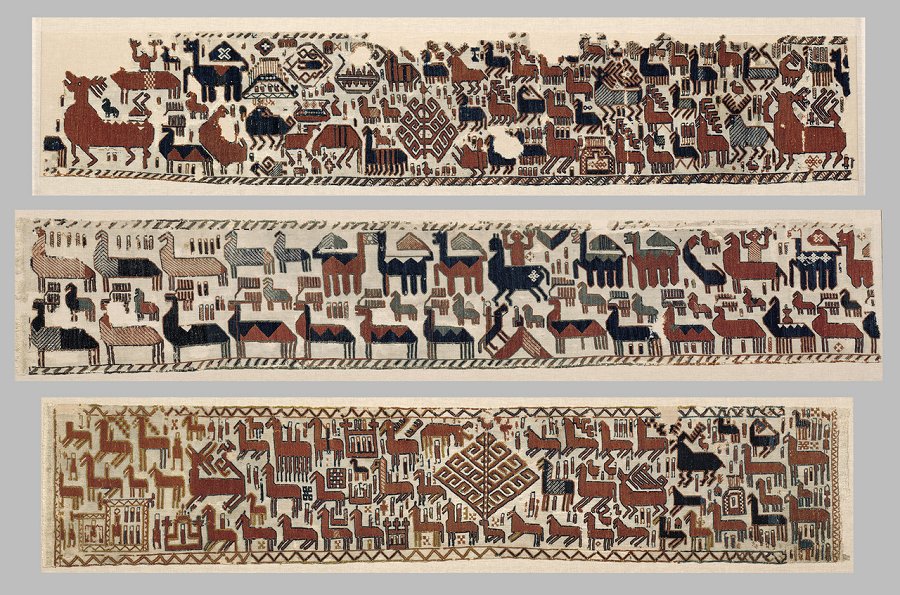 Överhogdal tapestries found 1909 in Överhogdal, Sweden. Public Domain
Överhogdal tapestries found 1909 in Överhogdal, Sweden. Public Domain
However, today the dominant theory, given the radiocarbon dating of the tapestries, is that the tapestry depicts the Ragnarok, the downfall of the world - a series of events foretold to occur in Norse mythology.
Research has established that the figures are made of plant dyed wool, which is interwoven with the linen with a special technique.
At first, it was believed these wool tapestries were woven in the days of the Vikings, between 800 AD and 1000 AD, as radiocarbon dating suggested in 1991.
Left: In 1910, the artist Paul Jonze visited Överhogdal and found the Överhogdal tapestry in a neighborhood near the church. Jonze took the picture of the church where the repair was going on at the time. Right: The tapestry was placed by the boy in the middle log-house. Image source
However, the preliminary dating of the textiles was updated in 2005 and it turned out that the tapestries date back to the period between paganism and Christianity in the Nordic countries around the year 1000-1100, in other words, the end of the Viking Age and the beginning of the Middle Ages. It means the textiles were created between 1040 and 1170 AD.
Are Motifs Taken From The Book Of Revelation Or Ragnarok Foretold In Norse Myths?
Different theories suggest that the Överhogdal tapestries depict imagery of both Norse and Christian origin.
The contents of the pictures have been much debated; some characters are related to paganism, clearly featuring the appearance of Odin's horse Sleipnir, while other pictures represent Christian imagery. The four surviving sections of the tapestries have 323 figures of people and 146 and 3 partial animals, all generally moving in the left direction.
Viking ship – motif from Overhogdal Tapestry. Image credit: Jämtlands läns Museum, Jamtli
People, horses, and various types of fairy-tale animals appear to be heading towards something and passing houses, churches, ships, and trees. One of these trees could be Yggdrasil.
Some scholars have suggested that what is shown is the Christianization of the region Härjedalen. It has been proposed that some of the motives are taken from the Book of Revelation.
Today the dominant theory is that the tapestry depicts Ragnarok (Ragnarök), a series of events foretold to occur in Norse myths and legends. Ragnarok is described in Völuspá, Völva's prophecy and many similarities between Völuspá and the motives on the tapestry have been found by researchers.
Research has established that the figures are made of plant dyed wool, which is interwoven with the linen with a special technique.
Today, the Överhogdal tapestries are stored at Jamtli Museum in Östersund, where a special room has been furnished for them. The storage conditions are the very best, and the room's architecture creates a Viking Age atmosphere.
Written by – A. Sutherland - AncientPages.com Senior Staff Writer
Copyright © AncientPages.com All rights reserved. This material may not be published, broadcast, rewritten or redistributed in whole or part without the express written permission of AncientPages.com
Expand for referencesReferences:
Nordanskog G. Föreställd Hedendom
Oscarsson, Ulla. Överhogdalsbonaderna
Karlin, Georg. Över-Hogdals tapeten
Sylwan, V. Om brickband : ett bidrag till Överhogdals- och Skogstapeternas teknik historia
More From Ancient Pages
-
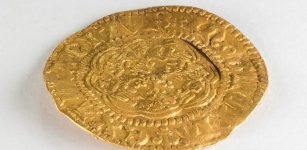 How Did Canada’s Oldest Coin Make Its Way To Newfoundland’s South Coast?
Archaeology | Nov 14, 2022
How Did Canada’s Oldest Coin Make Its Way To Newfoundland’s South Coast?
Archaeology | Nov 14, 2022 -
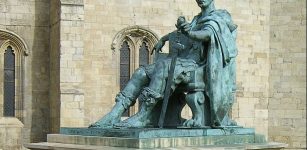 On This Day In History: Edict Of Milan Is Signed – Persecution Of Christians Ends – June 13, 313 AD
News | Jun 13, 2016
On This Day In History: Edict Of Milan Is Signed – Persecution Of Christians Ends – June 13, 313 AD
News | Jun 13, 2016 -
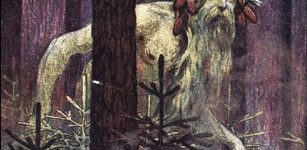 Leshy: Master Of Forest And Wildlife In Slavic Beliefs
Featured Stories | Mar 25, 2016
Leshy: Master Of Forest And Wildlife In Slavic Beliefs
Featured Stories | Mar 25, 2016 -
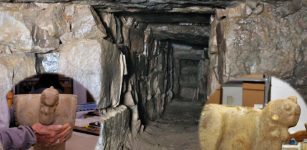 35 Secret Underground Passageways Discovered Beneath Chavín De Huántar Temple Complex In Peru
Archaeology | Jun 1, 2022
35 Secret Underground Passageways Discovered Beneath Chavín De Huántar Temple Complex In Peru
Archaeology | Jun 1, 2022 -
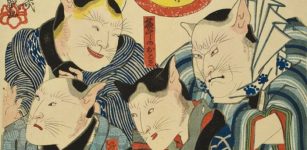 Why Were Actors Painted As Cats By Ukiyo-e Artists In Japan?
Ancient History Facts | Feb 11, 2020
Why Were Actors Painted As Cats By Ukiyo-e Artists In Japan?
Ancient History Facts | Feb 11, 2020 -
 Long-Lost Legendary Ancient Temple Discovered On San Miguel Hill In Mexico
Archaeology | Oct 20, 2023
Long-Lost Legendary Ancient Temple Discovered On San Miguel Hill In Mexico
Archaeology | Oct 20, 2023 -
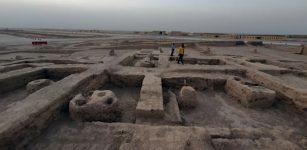 Ancient Parthian City With Hundreds Of Artifacts Unearthed In Iraq
Archaeology | Aug 16, 2022
Ancient Parthian City With Hundreds Of Artifacts Unearthed In Iraq
Archaeology | Aug 16, 2022 -
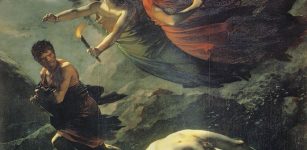 Nemesis: Winged Goddess Of Justice And Revenge
Featured Stories | Jun 2, 2016
Nemesis: Winged Goddess Of Justice And Revenge
Featured Stories | Jun 2, 2016 -
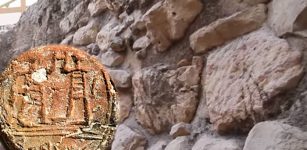 Unique 2,700-Year-Old Seal That Belonged To ‘Governor Of The City’ Of Jerusalem Discovered
Archaeology | Jan 2, 2018
Unique 2,700-Year-Old Seal That Belonged To ‘Governor Of The City’ Of Jerusalem Discovered
Archaeology | Jan 2, 2018 -
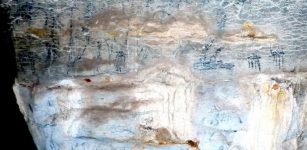 Madagascar Cave Art Hints At Ancient Connections Between Africa And Asia
Featured Stories | Dec 18, 2023
Madagascar Cave Art Hints At Ancient Connections Between Africa And Asia
Featured Stories | Dec 18, 2023 -
 ‘Face Of First European’ – Oldest Fossil Of European Human Ancestor Found At Spain’s Atapuerca Archaeological Site
Archaeology | Jul 9, 2022
‘Face Of First European’ – Oldest Fossil Of European Human Ancestor Found At Spain’s Atapuerca Archaeological Site
Archaeology | Jul 9, 2022 -
 Sailor’s Strange Discovery Of An Unknown Ancient Underground World At The North Pole
Featured Stories | Feb 10, 2024
Sailor’s Strange Discovery Of An Unknown Ancient Underground World At The North Pole
Featured Stories | Feb 10, 2024 -
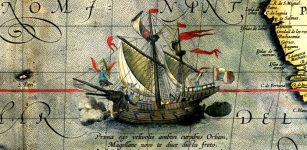 On This Day In History: Ferdinand Magellan Discovers Guam – On Mar 6, 1521
News | Mar 6, 2017
On This Day In History: Ferdinand Magellan Discovers Guam – On Mar 6, 1521
News | Mar 6, 2017 -
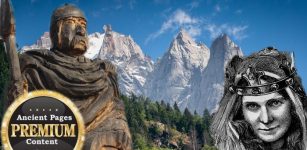 Ancient Mystery In The Alpes Remains Unsolved Because Of Contradicting Information
Featured Stories | May 15, 2018
Ancient Mystery In The Alpes Remains Unsolved Because Of Contradicting Information
Featured Stories | May 15, 2018 -
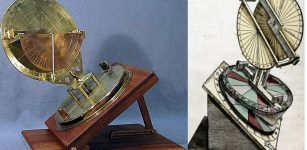 Torquetum: Sophisticated Medieval Astronomical Instrument
Ancient History Facts | Jul 12, 2018
Torquetum: Sophisticated Medieval Astronomical Instrument
Ancient History Facts | Jul 12, 2018 -
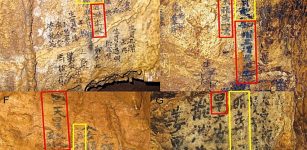 ‘Graffiti’ Found On The Walls Of Dayu Cave, China
News | Aug 25, 2015
‘Graffiti’ Found On The Walls Of Dayu Cave, China
News | Aug 25, 2015 -
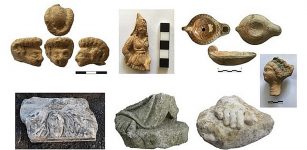 Excavations Of Ancient Theater In 2,400-Year-Old City Of Smyrna, Turkey
Archaeology | Feb 13, 2019
Excavations Of Ancient Theater In 2,400-Year-Old City Of Smyrna, Turkey
Archaeology | Feb 13, 2019 -
 Perplexing Accounts Of Ancient People Who Demonstrated Incredible Powers Of The Human Mind
Featured Stories | Feb 1, 2019
Perplexing Accounts Of Ancient People Who Demonstrated Incredible Powers Of The Human Mind
Featured Stories | Feb 1, 2019 -
 Unusual Old Stone Map Found In The American Southwest
Featured Stories | May 9, 2024
Unusual Old Stone Map Found In The American Southwest
Featured Stories | May 9, 2024 -
 New Discovery: Fragments Of Pyramid Dated To 13th Dynasty Discovered In Dahshur Necropolis
Archaeology | Apr 3, 2017
New Discovery: Fragments Of Pyramid Dated To 13th Dynasty Discovered In Dahshur Necropolis
Archaeology | Apr 3, 2017

